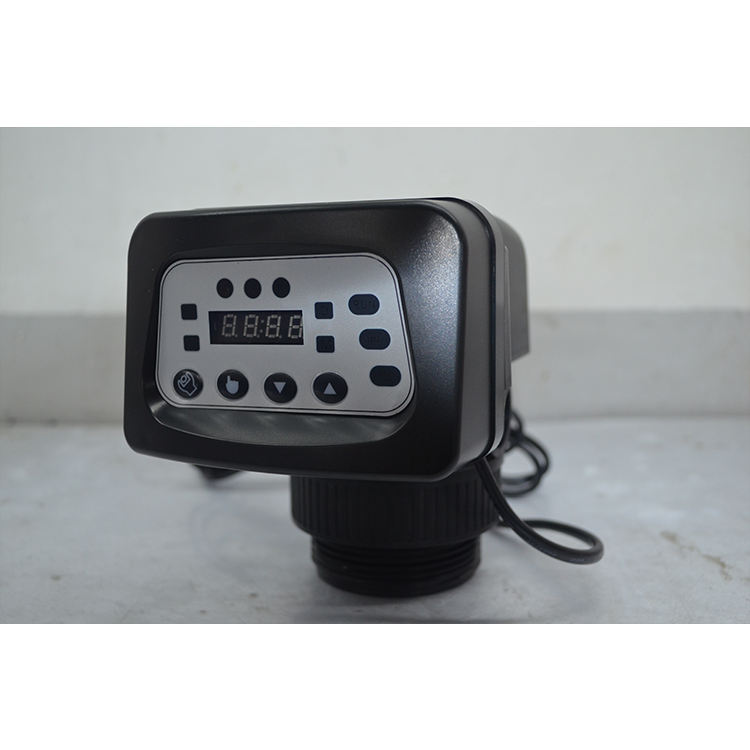Table of Contents
How to Remove Hard Water Stains from Stainless Steel Surfaces: A Comprehensive Guide
Hard water stains on stainless steel surfaces can be a persistent nuisance, often leaving unsightly marks that seem difficult to remove. However, with the right techniques and tools, you can effectively restore the shine and cleanliness of your stainless steel items. Understanding the nature of hard water stains and employing targeted cleaning methods is essential for achieving optimal results.
Hard water contains dissolved Minerals such as calcium, magnesium, and various metal ions. When hard water comes into contact with stainless steel surfaces, it can leave behind mineral deposits that form stubborn stains over time. These stains not only detract from the appearance of the stainless steel but can also compromise its corrosion-resistant properties if left untreated.
To effectively remove hard water stains from stainless steel surfaces, it is important to use gentle yet effective cleaning agents. Harsh Chemicals and abrasive Cleaners can damage the stainless steel surface, leaving scratches and compromising its integrity. Instead, opt for milder alternatives such as white Vinegar, baking soda, or specialized stainless steel cleaners.
One of the most accessible and effective methods for removing hard water stains from stainless steel surfaces is using white vinegar. Vinegar’s acidic properties help dissolve mineral deposits without causing damage to the stainless steel. To use vinegar for cleaning, simply dilute it with water in a 1:1 ratio and apply the solution to the stained areas using a soft Cloth or Sponge. Allow the vinegar to sit for a few minutes before gently scrubbing the stains in a circular motion. Finally, rinse the surface thoroughly with water and dry it with a clean towel to prevent water spots.
Baking soda is another versatile and gentle cleaner that can effectively tackle hard water stains on stainless steel surfaces. To create a baking soda paste, mix baking soda with water until it forms a thick consistency. Apply the paste to the stained areas and let it sit for several minutes to allow the baking soda to penetrate the mineral deposits. Then, gently scrub the stains with a soft-bristled brush or sponge before rinsing the surface clean. Baking soda not only helps remove stains but also acts as a mild abrasive, aiding in the cleaning process without causing damage to the stainless steel.

For stubborn hard water stains that resist vinegar and baking soda treatments, specialized stainless steel cleaners may be necessary. These cleaners are formulated specifically for use on stainless steel surfaces and can effectively dissolve mineral deposits without harming the metal. Follow the manufacturer’s instructions carefully when using these cleaners to ensure optimal results and to prevent any potential damage to the stainless steel.
| Model | Category | Water Capacity m3/h | LCD | LED | ICON | DIODE |
| ASD2 | Automatic Softener Valve | 2 | O | O | O | O |
| ASD4 | Automatic Softener Valve | 4 | O | O | O | O |
| ASD10 | Automatic Softener Valve | 10 | X | O | X | X |
In addition to using the right cleaning agents, proper maintenance and preventive measures can help minimize the occurrence of hard water stains on stainless steel surfaces. Regularly wiping Down stainless steel items with a clean, damp cloth can help prevent mineral buildup and keep the surfaces looking their best. Additionally, using a water softener or installing a filtration system can help reduce the hardness of your water supply, thereby reducing the likelihood of hard water stains forming on your stainless steel items.
In conclusion, removing hard water stains from stainless steel surfaces requires a combination of gentle cleaning agents, proper technique, and preventive measures. By understanding the nature of hard water stains and employing targeted cleaning methods, you can effectively restore the cleanliness and shine of your stainless steel items, prolonging their lifespan and maintaining their aesthetic appeal.
